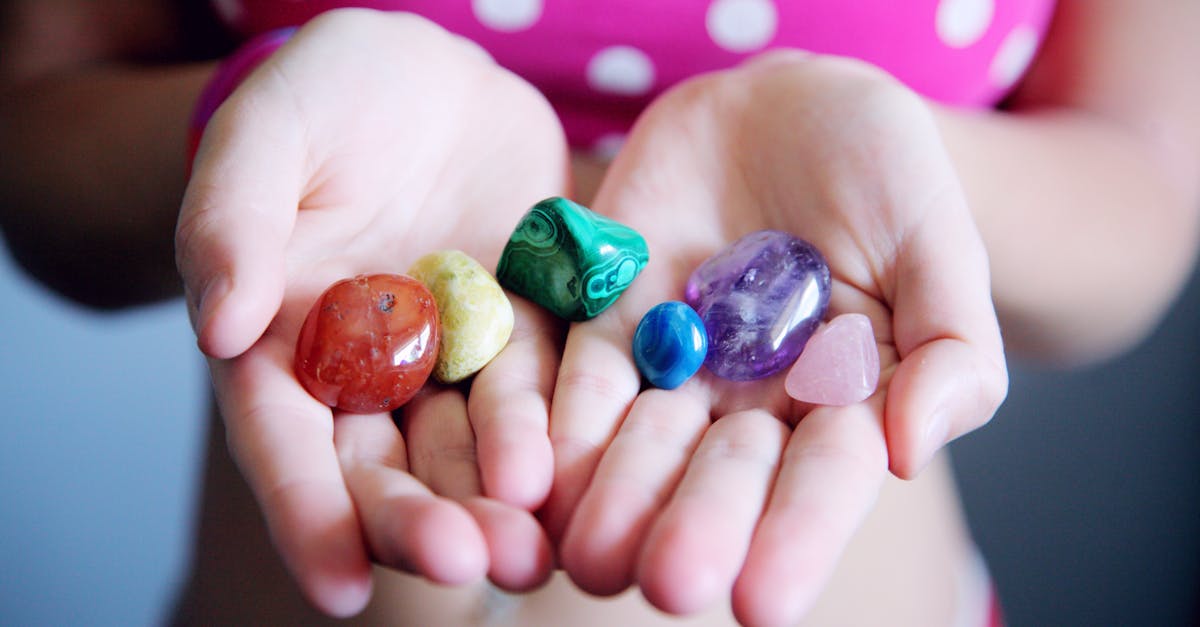Understanding the Tantrum Territory
Navigating through the stormy seas of preschooler tantrums? You’re not alone! Every parent finds themselves here at some point. Understanding why tantrums happen is the first step in addressing them. Pre-schoolers are at a stage where their desire for independence clashes with their need for your guidance. This often results in emotional eruptions, aka tantrums. Recognizing the signs early can be a game-changer.

Remember, patience and empathy can go a long way in dealing with these challenging moments. Stay calm, provide reassurance, and help your child navigate their emotions. The tantrum territory may be rough, but with understanding and support, both you and your little one can make it through!
Laying the Foundation: Effective Boundary Setting
Boundary setting is akin to drawing a map for a treasure hunt. It gives your child a clear indication of where they can go and what they can do. Start simple: use phrases they understand, and be consistent. Remember, it’s not just about saying ‘no’; it’s about teaching them healthy limits. This approach not only curbs tantrums but also builds trust and security.

Common Tantrum Triggers and How to Avoid Them
Tantrums often have predictable triggers: hunger, tiredness, overstimulation, or frustration. Watching for these signals can help you head off meltdowns before they start. For instance, keeping a small snack on hand or scheduling quiet time can be incredibly effective strategies in keeping those meltdown monsters at bay.

The Art of Distraction and Redirection
Ever tried distracting a pre-schooler in full meltdown mode? It’s not for the faint of heart, but when done right, it’s like magic. Redirection focuses their attention on something else, preferably something interactive that demands their participation. It could be anything from blowing bubbles to a quick game of ‘I Spy.’

When Time-Outs Might Help
Time-outs have a reputation for being the go-to strategy for dealing with tantrums. However, they should be used sparingly and wisely. The key is not isolation but giving your child a moment to calm down away from the chaos. A ‘calm-down corner’ with books or soft toys can offer them a safe space to regroup.

Celebrating Success: Positive Reinforcement
Don’t forget to celebrate the wins, no matter how small. Recognizing and rewarding positive behavior reinforces the good stuff. It could be a sticker, an extra bedtime story, or simple praise. Celebrating their successes makes them feel valued and understood, paving the way for fewer tantrums.
Related Posts:
- Challenges Setting Boundaries with Pre-schoolers
- Teaching Empathy Through Boundaries with Pre-schoolers
- Christian Parent: Building Patience and Resilience with Boundaries
- Christian Parenting: Setting Boundaries with Love
- Setting Loving Boundaries: Parenting Pre-schoolers
